How to Charge a 12V Lithium Battery Step by Step Guide
Charging a 12V battery is a fundamental skill for anyone who relies on vehicles, solar systems, or backup power solutions. Whether you're maintaining a car battery, a deep-cycle battery for RVs, or a solar energy storage system, understanding the proper charging techniques can enhance battery performance and longevity. In this comprehensive guide, we'll walk you through the essential steps to safely and effectively charge a 12V battery.
- Understanding Your 12V Battery
- Step-by-Step Guide to Charging a 12V Battery
- Tips for Maintaining Your 12V Battery
- Troubleshooting Common Charging Issues
Understanding Your 12V Battery
Before diving into the charging process, it's crucial to understand the type of 12V battery you're working with. The most common types include:
Lead-Acid Batteries: These are traditional batteries used in most vehicles. They require regular maintenance, such as checking electrolyte levels and ensuring proper ventilation during charging.
AGM (Absorbent Glass Mat) Batteries: A type of sealed lead-acid battery, AGM batteries are maintenance-free and less prone to spillage. They're commonly used in motorcycles and high-performance vehicles.
Gel Batteries: These are similar to AGM batteries but use a gel electrolyte. They're ideal for deep-cycle applications like solar power systems.
Lithium-Ion Batteries: Known for their high energy density and lightweight design, lithium-ion batteries are increasingly used in modern electric vehicles and portable power stations.
Identifying your battery type will determine the appropriate charging method and equipment.
>>See also Understanding Voltage Options for Group 4D 6D and 8D Batteries
Step-by-Step Guide to Charging a 12V Battery
Step 1: Gather Necessary Equipment
To charge your 12V battery safely, you'll need:
Compatible Battery Charger: Ensure the charger matches your battery type (e.g., lead-acid, AGM, gel, or lithium-ion).
Safety Gear: Wear gloves and safety glasses to protect against accidental acid spills or sparks.
Multimeter: To check the battery voltage before and after charging.
Distilled Water (for lead-acid batteries): To top up electrolyte levels if necessary.
Clean Cloth: For cleaning terminals and removing any corrosion.
Step 2: Inspect the Battery
Before connecting the charger:
Check for Damage: Look for any cracks, leaks, or bulging signs.
Clean Terminals: Use a mixture of baking soda and water to clean any corrosion from the terminals.
Check Electrolyte Levels: For flooded lead-acid batteries, ensure the electrolyte covers the plates. Add distilled water if needed.
Step 3: Connect the Charger
Turn Off Charger: Always start with the charger turned off to prevent sparks
Attach Clamps:
Connect the positive (red) clamp to the battery's positive terminal (+).
Connect the negative (black) clamp to the battery's negative terminal (-) or a grounded metal surface away from the battery.
Step 4: Set Charger Settings
Select Voltage: Ensure the charger is set to 12V.
Choose Charging Mode:
Trickle Charge: Ideal for maintaining a full charge over extended periods.
Fast Charge: Suitable for quickly charging a battery that's moderately discharged.
Desulfation Mode: For lead-acid batteries showing signs of sulfation.
Monitor Charging: Keep an eye on the charging process, especially if using a manual charger.
Step 5: Monitor the Charging Process
Check Voltage: Use a multimeter to monitor the battery voltage during charging.
Look for Overheating: If the battery or charger becomes excessively hot, disconnect immediately.
Listen for Gassing: A bubbling sound may indicate overcharging, especially in lead-acid batteries.
Step 6: Disconnect the Charger
Once the battery is fully charged:
Turn Off Charger: Always turn off the charger before disconnecting.
Remove Clamps:
Remove the negative (black) clamp first.
Then, remove the positive (red) clamp.
Store Charger Properly: Keep the charger in a dry, cool place.
Step 7: Test the Battery
Check Voltage: A fully charged 12V lead-acid battery should read between 12.6V and 12.8V.
Load Test: If available, perform a load test to ensure the battery can hold a charge under load.
>>See also What Should Be the Charging Current for a 12 Volt Battery
Tips for Maintaining Your 12V Battery
Regular Charging: Avoid deep discharges by charging the battery regularly.
Use a Battery Maintainer: For vehicles or equipment not used daily, a battery maintainer can keep the battery at optimal charge levels.
Proper Storage: Store batteries in a cool, dry place to prevent degradation.
Avoid Overcharging: Overcharging can lead to overheating and damage, especially in lead-acid batteries.
Periodic Inspections: Regularly check for signs of wear, corrosion, or leakage.
Troubleshooting Common Charging Issues
Problem: Battery not charging.
Solution: Check charger connections, ensure the charger is functioning, and inspect the battery for damage.
Problem: Battery overheats during charging.
Solution: Reduce charging current, ensure proper ventilation, and check for overcharging.
Problem: Battery voltage drops quickly after charging.
Solution: The battery may be faulty or sulfated; consider desulfation or replacement.

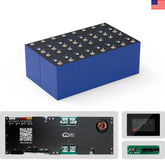



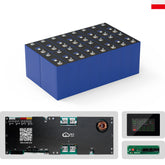

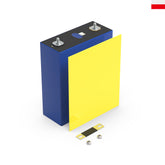

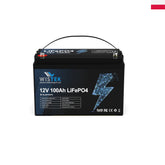
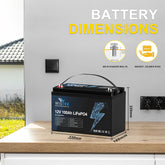


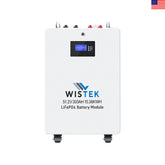
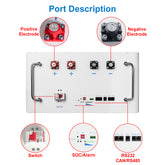
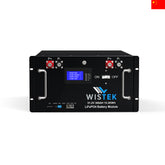
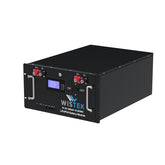


Leave a comment
All blog comments are checked prior to publishing